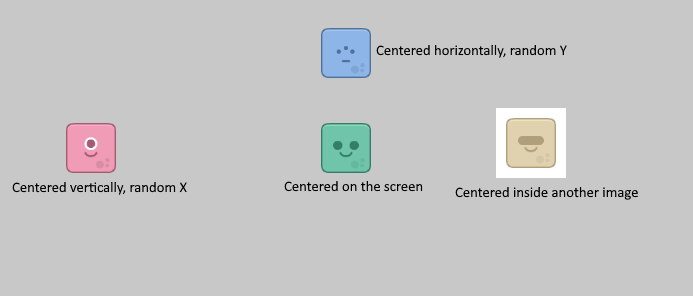-
Notifications
You must be signed in to change notification settings - Fork 13
Image
Likewise the audio module, the image extension is also split in two classes: ImageManager and ImageHelper.
This is made to be used with TextureAtlas. Information on how to use the TexturePacker to pack many smaller images onto larger images can be found here.
Say we've got mypack.png and mypack.pack from the Texture Packer inside our assets folder.
To load this pack and key it as mypack, we'd do the following:
ImageManager.load("mypack", "mypack.pack")Alternatively, if you want the pack being loaded to be your default one, you can do:
ImageManager.load("mypack", "mypack.pack", setAsDefault = true)To fetch a TextureRegion named myregion from the loaded mypack pack, you'd call:
ImageManager.take("myregion", "mypack")If you set mypack as default, though, you'll be able to call #take without passing the atlas name explicitly:
ImageManager.take("myregion") // Implicit second argument: default pack keyFinally, you can dispose any atlas at any time:
ImageManager.disposeAtlas("mypack")The ImageHelper grants a bunch of positioning utilities for your images. All functions of this mini extension return Vector2 objects.
To center an image on the screen, you'd call:
ImageHelper.center(imageWidth, imageHeight, WORLD_WIDTH, WORLD_HEIGHT)You can also choose to center only horizontally or vertically:
ImageHelper.centerX(imageWidth, WORLD_WIDTH, targetY)
ImageHelper.centerY(imageHeight, WORLD_HEIGHT, targetX)Or even inside another image:
ImageHelper.centerOnImage(imageWidth, imageHeight, otherWidth, otherHeight, otherPosition)